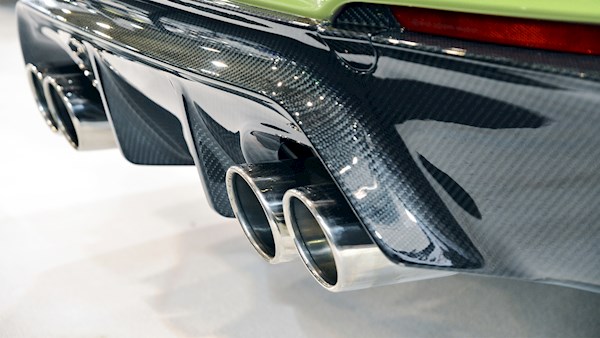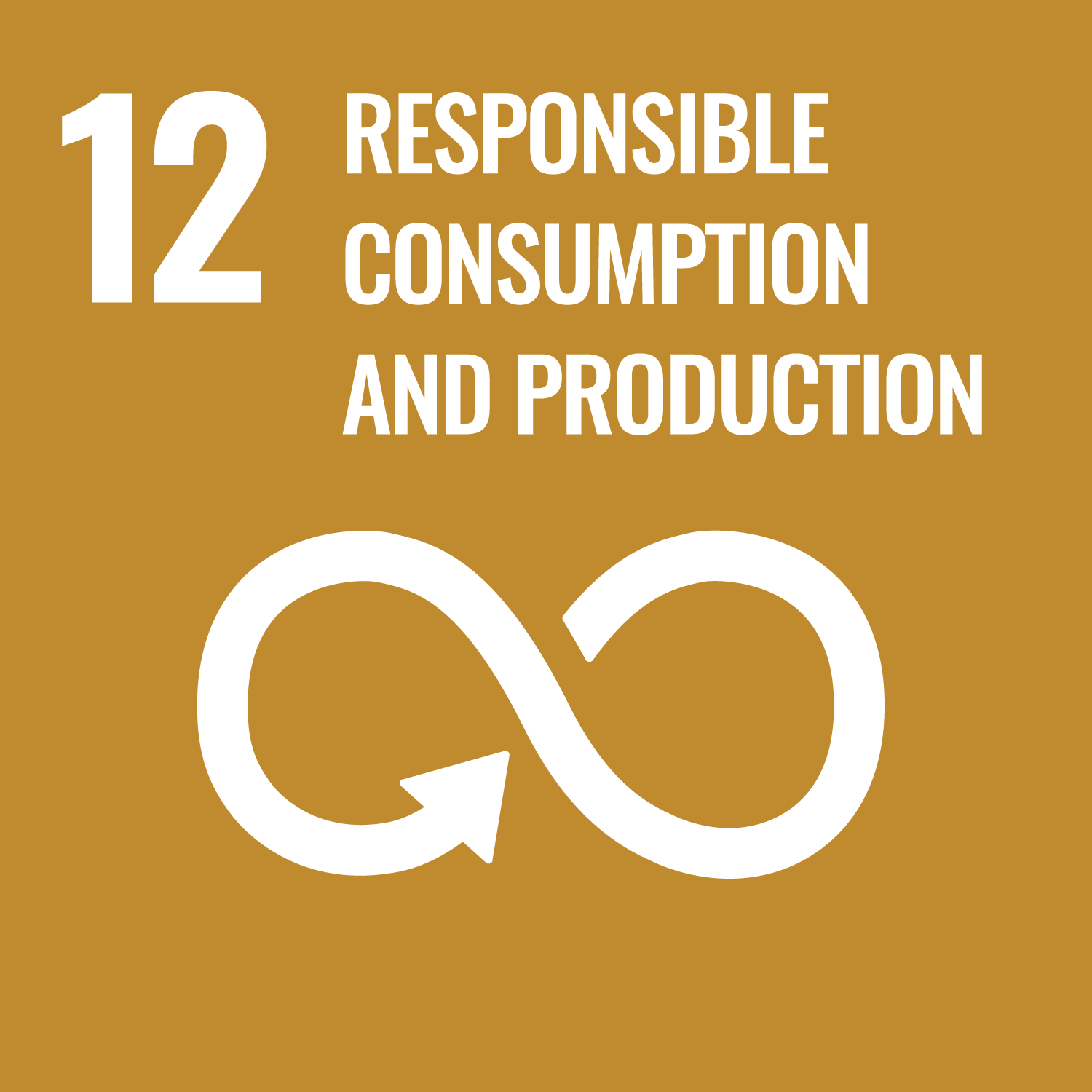
Supporting other industries to go green - Automotive sector example

As a solutions provider, we have a responsibility to support our customers and stakeholders in their own sustainability journeys through the development of innovative textile products.
Composites have strong sustainability credentials and can be used for numerous applications. We have formed a ‘One Composites’ business, focussed on the development and supply of intermediates into Telecom Infrastructure, Energy pipes, Automotive and Sporting industries.
For example, the Automotive industry is changing radically, with increasing focus on cost-effective weight reduction as an approach to increase fuel efficiency. Attention has recently turned towards the use of carbon fibre composites and, as technology continues to evolve, we are witnessing a shift taking place.
Composite solutions have multiple benefits for the transport industry, especially when compared to alternative materials such as metals. Composites are far more lightweight therefore improving fuel efficiency, and can be engineered to be far stronger than aluminium or steel meaning that they maintain great strength relative to weight. Furthermore, composites are flexible by design due to their ability to be easily moulded into complicated shapes.
In response to growing worldwide demand, Coats has developed two new innovative technologies, Synergex™ and Lattice™, that allow us to offer the industry a cost effective means to reduce weight beyond what is achievable through aluminium, magnesium and conventional carbon fibre and hybrid technologies.
Synergex™ is a technology that commingles dissimilar fibres, thereby tailoring the fibre mix to the performance and cost needs of a specific application. Lattice™ is technology that allows us to place the fibre in a position and direction that is required by a specific application. In July 2021, we announced our collaboration with a team led by General Motors, using our Lattice technologies to develop a tailored fibre-reinforced composite technology to help develop lightweight, high performance and cost-effective structural battery enclosures for use in Electric Vehicles, under U.S. Department of Energy (DOE) cooperative agreement DE-EE0009204.
Throughout 2022 we will continue to work with our industry partners to further develop our innovations and we will lead with sustainability as the key focus in our composite expansion, exploring future opportunities in thermoplastics, wind, hydrogen storage and EV technologies.
